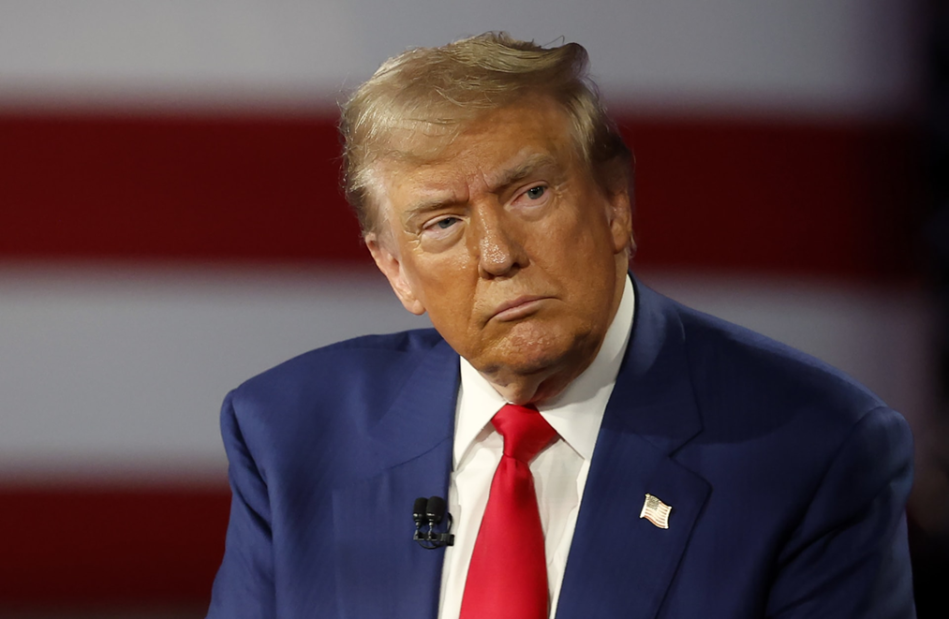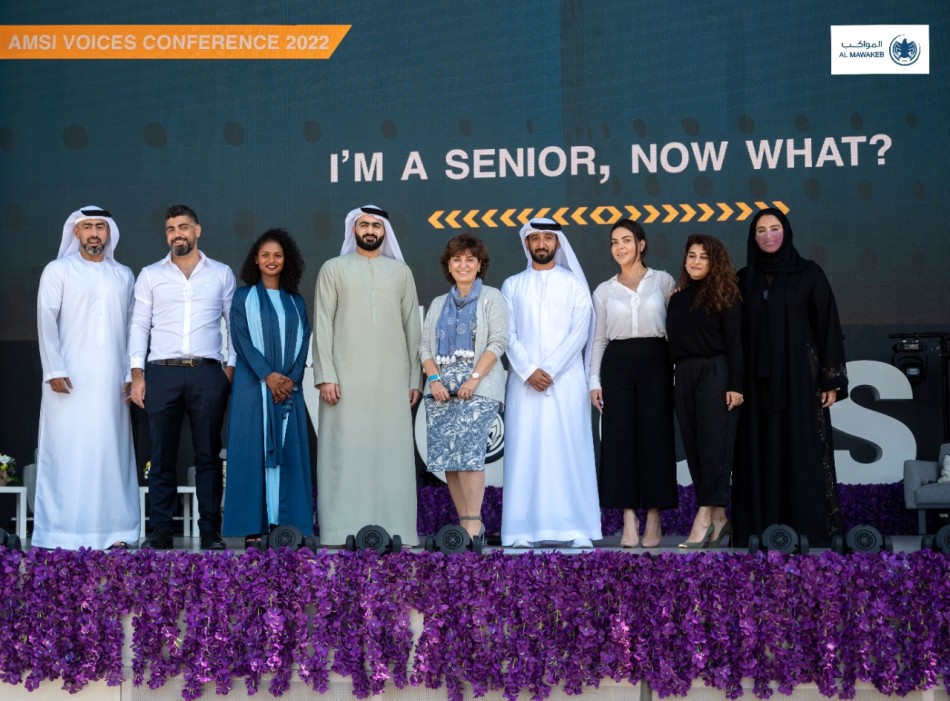The report of the American CSIS Center on Houthi attacks against Saudi Arabia .. and a professor of international relations commented on a special
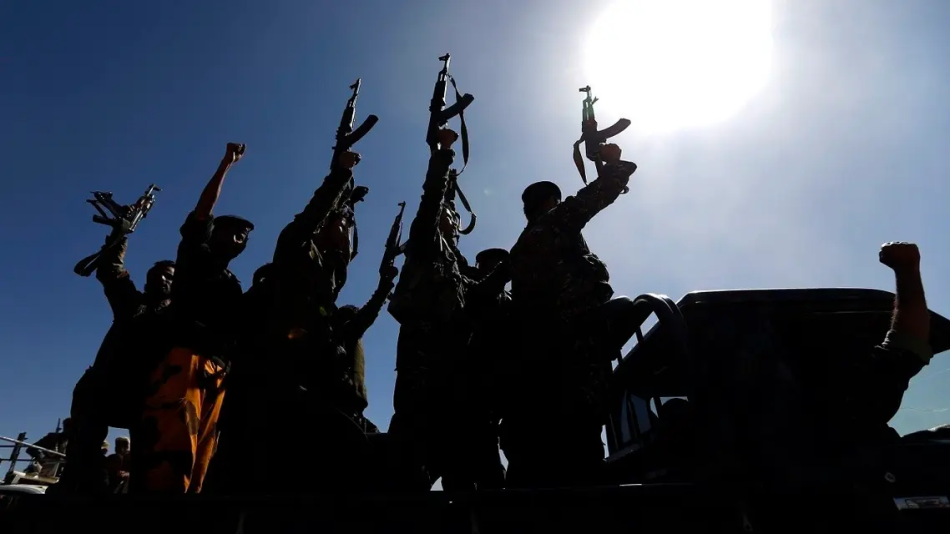
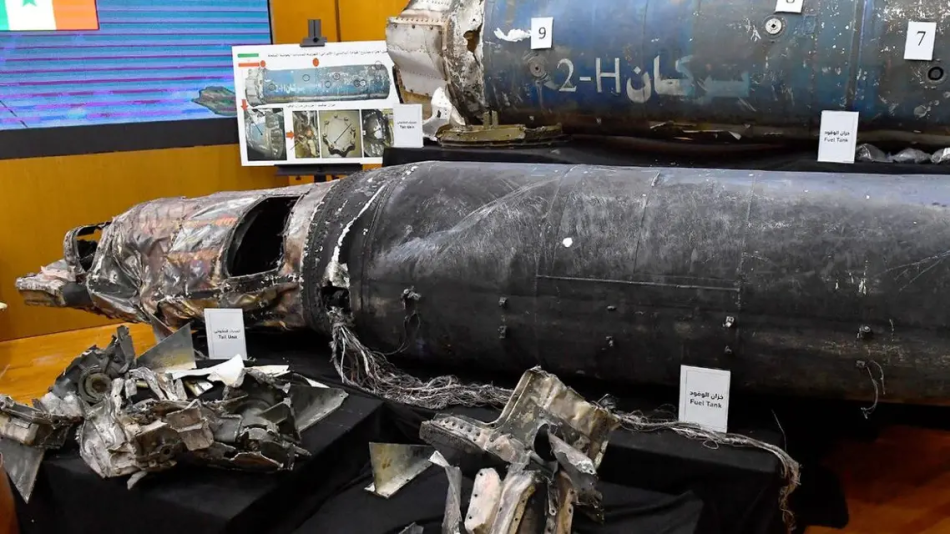
Hala Arafa - Beth:
A report by an American research center revealed that the Houthi militia, backed by Iran, has doubled its attacks against Saudi Arabia during the current year 2021 compared to 2020.
A report by the Washington-based Center for Strategic and International Studies (CSIS) examined the main military capabilities of the Houthis and their partners, especially Iran, to launch attacks against Saudi Arabia and other targets, and how these capabilities developed.
To answer these questions, the center analyzed 4,103 Houthi attacks against Saudi Arabia from Yemeni territory, and against other targets, such as naval targets in the Persian Gulf, between January 1, 2016 and October 20, 2021.
78 attacks per month 2021 compared to 38 attacks per month 2020
According to the report, during the first nine months of 2021, the Houthi attacks on Saudization averaged a monthly attack, compared to 38 attacks as a monthly average in 2020.
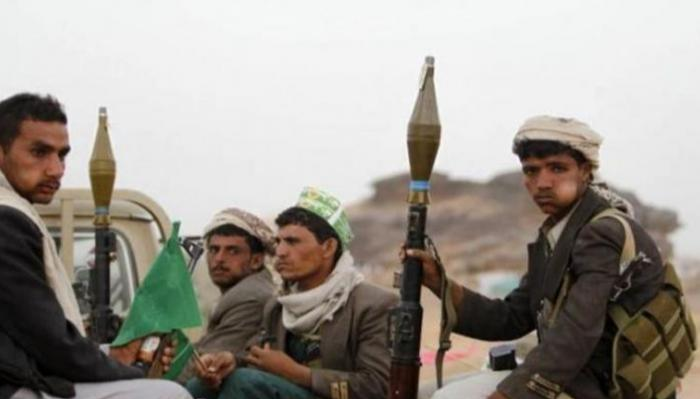
History of the Houthi Militia Weapon
The report indicated that since 2015, the Houthi militias began directing their efforts towards Saudi military targets by using stockpiles of ballistic missiles that Yemen obtained before the crisis, and which they seized from Yemeni military stocks during the 2014-2015 coup.
According to the report, in 2016, the Houthis turned to a strategy that increasingly targeted critical infrastructure, as well as targeting civilian naval assets near the Bab al-Mandab Strait.
From 2017 to 2020, the Houthis increasingly benefited from improvements in Iranian drone technology, advanced munitions, and unmanned aerial vehicles, and expanded the targeting of Saudi oil tankers, in an effort to disrupt the Saudi supply chain and affect the flow of oil.
The report indicated that starting in February 2021, the Houthis launched an offensive to seize Marib, an economically and politically important Yemeni governorate, which would provide the Houthis with near-total control of northern Yemen, including the major oil and gas infrastructure, thus helping to improve their negotiating position.
The Quds Force and Hezbollah aide to the Houthis
The CSIS Center report indicated that Iran began to increase aid to the Houthis with the intensification of the war in Yemen 2014, led by the Quds Force, the foreign arm of the Iranian Revolutionary Guard, which provided many types of weapons and systems to the Houthis, and also trained the Quds Force and the Lebanese Hezbollah, Houthi militants, including improving their military tactics, assisting in the assembly, use, and maintenance of missiles, drones, weapons, and other systems.
The report continued, "The Quds Force does not use air and land bridges to transport weapons and equipment to Yemen, but rather uses many maritime smuggling routes. Iran often dismantled weapons systems, put them on boats, and transported them through ports."
Iran supplies the Houthis with weapons and guided missile technology
The report of the American Center pointed out that Iran provided the Houthis with weapons and technology for anti-tank guided missiles, drones, 122 mm Katyusha missiles, MANPADS, RDX high-explosive materials and ballistic missiles, and the Houthis also developed a modified version of its missiles. With the help of Tehran, Iran has trained the Houthis to use drones within its borders, including the Kashan base near the city of Isfahan.
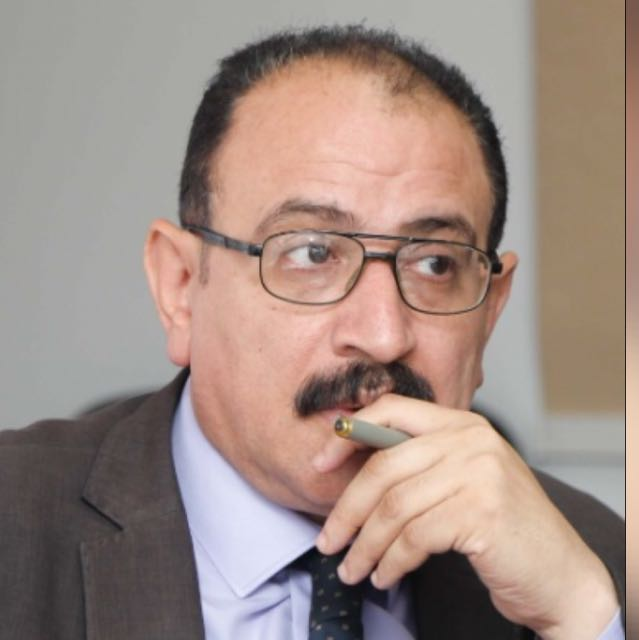
Dr.. Tariq Fahmy: Iranian support is military, strategic and logistical support for the Houthi militia
Commenting on the report, Dr. Tariq Fahmy, professor of international relations at Cairo University, said: The report does not carry anything new in this context, while emphasizing that Iranian support for Houthi forces has developed in the recent period, regardless of what was stated in the report, but the most important observations on this report are firstly to emphasize the relationship The articulated structure between Iran and the Houthis.. Second, the report did not, of course, refer to the continuation of open US support for the Houthi movement for its rejection of any responses in the next stage. Accordingly, this matter cannot be underestimated.
Dr. added. My understanding is that part of what is happening is linked to several elements, including that the Iranian support is military, strategic and logistical support for the Houthi militia, and secondly, this support has changed the theater of direct operations in the confrontation between the Gulf states and Iran indirectly, and the Houthis in particular.
The professor of international relations pointed out that the American research center that authored the report is a very important center in America, but he did not, of course, refer to many things, including that Saudi Arabia is also arming an American weapon system, and therefore the issue is not in Iran’s support for the Houthi forces, but also in the possibility of Saudi Arabia’s assistance in developing Its armament system, and this was the focus of a great discussion between the two parties in the past period. The other thing is that Saudi Arabia is still subjected, despite all measures, to missile targeting by these elements and these militias, so there are real risks in the continuation of this unprecedented military support.
Dr. Tariq Fahmy confirms that the matter will continue, but we must distinguish that there are assurances that the American side will not leave Saudi Arabia despite all the rumors. There are recent statements made in this context that the responsibility for the security of Saudi Arabia and its skies is an American responsibility. Yemen is an ongoing confrontation.
